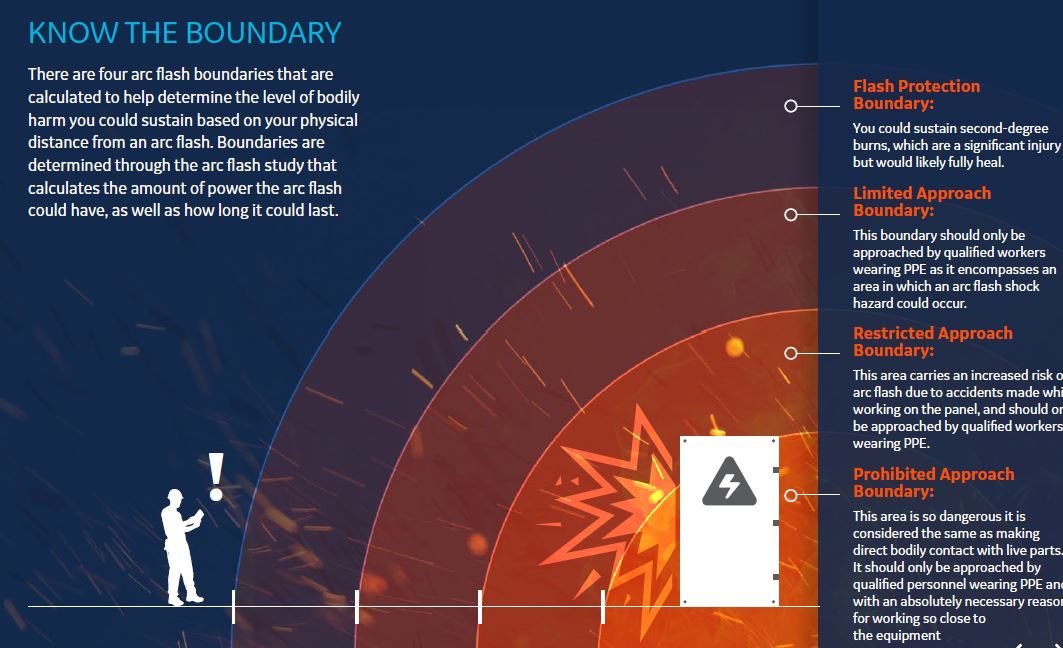I don't think your incident should effect the choice of DIN vs plug on breakers. Forgive my heartless words that are about to follow- but if you play stupid games you will win stupid prizes. The stupid game is working live. The prize is fire, arc flash, down time, ruined equipment and starting over. Never work live unless you have proper PPE- and even then don't do it unless you want damaged equipment. Yes I know in the US electricians work live all the time, but you will also hear countless stories of falling off of ladders, blowing holes in tools, ect.
After that incident. I had fright of live wires. And I never handled them myself. I even got concerned when electricians were going to touch it. So for any repairs. I made it a point to make sure the utility company shuts down the power first. I know the consequences of it. Actually the electricians wanted me to be liable. But the architect and electrical contractor talked them out of it and they paid them for treatment. And I avoid meeting them afterwards because they wanted to show me the scars and pay them. So I'll make it will never happen again because of that traumatic experiences.
I doubt that a new breaker would flash over from carbon deposits. My honest opinion is that the electricians aren't telling you something and much more took place then terminals being hooked up to a breaker in the on off position.
Well I had keys to the service entrance panel. So everything done there I was always present to watch it. The whole incident when the panel was opened and touched, I was besides them watching it making sure they wont short the phases or panels. And I really saw it was simply live wires being hooked to the terminals in off position just like I described.
But in any case it is certainly possible for a short circuit to burn skin and cause blisters, as well as the sparks and molten metal igniting clothing and burning what ever it comes in contact with.
Were those the service conductors he was hooking up? In that case a short circuit will take its time clearing, if ever. POCO wires should always be treated as unfused because sometimes they literally are.
The feeders he was hooking from was the service meters directly.
In US residential. When there is a dead short in the service entrance panel. It is also the results? Burn and blisters inches away?
I think minor arc flash always occurs from any short. So the initiating factors in my case was whether it was caused by carbonized particles or dead short. But just the same, there is arc flash?
Or do you reserved the term arc flash only for those meters wide arc blast in industrial panel? If so. Then what is the term for residential flash? Maybe short flash, or arc from short, what? What are they officially called by NEC?
Last edited:






